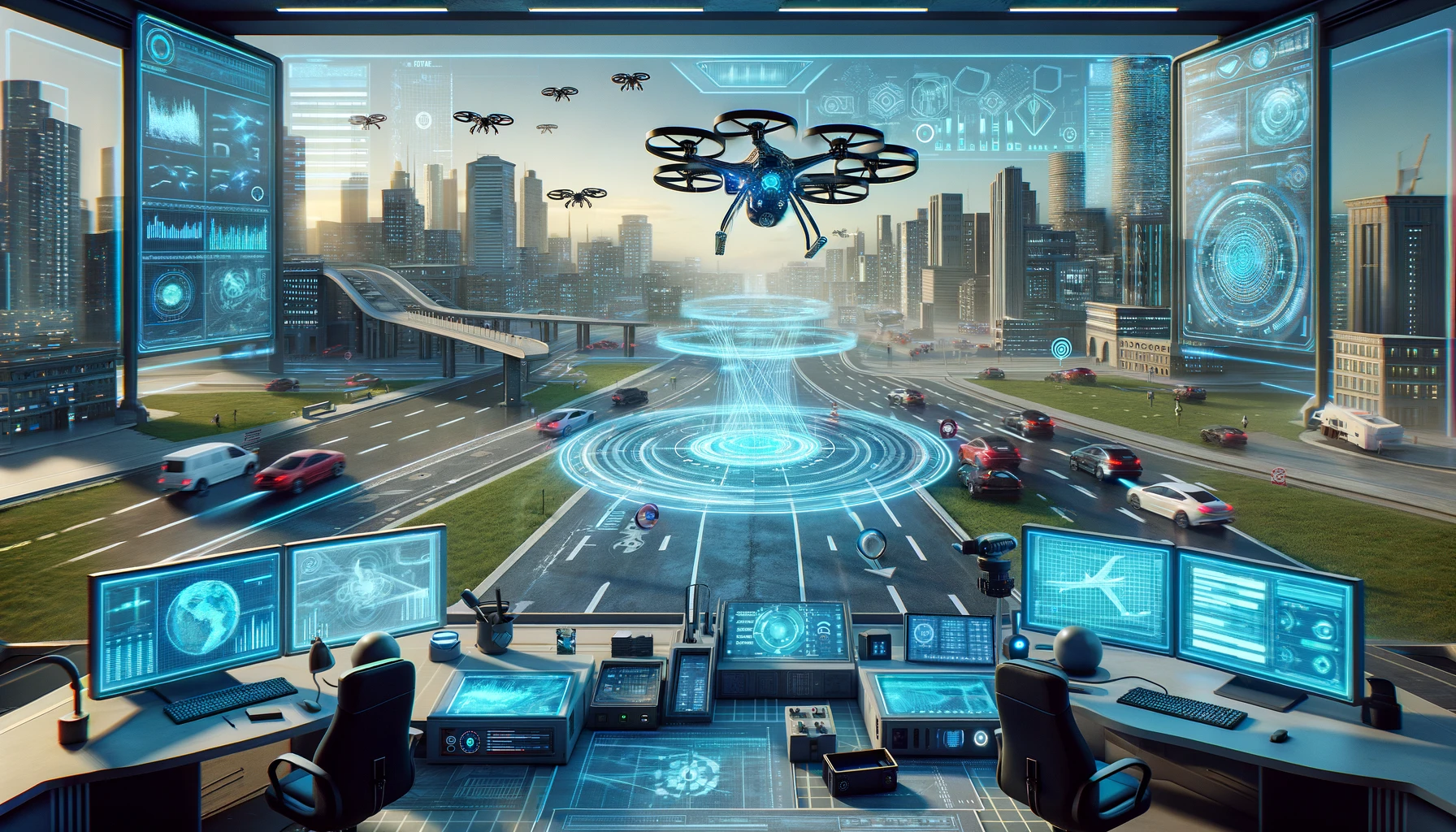Future of ACPS Testing: Pioneering New Methods in Simulation-Based Testing for Autonomous Vehicles

A study by Christian Birchler, Sajad Khatiri, Pooja Rani, Timo Kehrer, and Sebastiano Panichella from the University of Zurich Switzerland explores the need to develop new ways to test autonomous cyber-physical systems (ACPSs). These systems include things like drones and self-driving cars. Traditional methods of testing software don't work well for these new technologies, so researchers are looking for better ways to test them using simulations.
Why Simulation-Based Testing is Crucial
The researchers highlight that testing ACPSs is crucial because it ensures these systems are safe and reliable. Traditional testing methods face many challenges with ACPSs. For instance, these systems operate in complex environments, making it hard to predict every possible situation they might encounter. Because of this, the authors propose a roadmap, or a plan, for how to improve simulation-based testing specifically for ACPSs.
Simulation-based testing involves creating virtual environments where these systems can be tested safely. This approach helps to identify problems without the risks and costs of real-world testing. However, there are still many challenges with this method. One major challenge is the "Reality Gap." This is the difference between how the system performs in a simulated environment versus the real world. Simulations can't perfectly replicate real-world conditions, which can lead to inaccurate test results.
Overcoming Testing Challenges
Another challenge is the "Oracle Problem," which is about defining what the expected correct behavior of the system should be. In simple terms, it's about figuring out how to tell if the system is doing the right thing during the tests. This is difficult because ACPSs can behave in many different ways depending on the situation.
The paper suggests that researchers need to create new test cases tailored for simulation environments. These test cases should take into account the system's environment, behavior, and performance. By clearly defining these test cases, it will be easier to standardize testing methods, making them more reliable and consistent.
The authors also recommend developing and sharing benchmarks, which are standards for testing. These benchmarks would help researchers compare different testing methods and share knowledge. This could lead to better and more efficient testing practices.
Innovative Solutions for Cost-Effective Testing
Another important aspect discussed is the need for cost-effective solutions. Simulation-based testing can be very expensive and time-consuming. The paper suggests adopting practices from traditional software development, like agile methods and test-driven development. These practices involve testing early and often, which can help identify problems sooner and reduce costs.
To address the Oracle Problem, the authors suggest using co-simulation, which involves testing the system in multiple environments to ensure it behaves consistently. This can help improve the accuracy of the tests.
Bridging the Reality Gap and Ensuring Sustainability
The paper also talks about the importance of bridging the Reality Gap. One way to do this is by using domain randomization, which involves exposing the system to a wide variety of random environments during testing. This can help make the system more adaptable to different real-world conditions. Another approach is to combine simulated tests with some real-world data, which can help validate the simulation results.
The study emphasizes the need for sustainable testing practices. As technology advances, the energy consumption of testing processes increases. It's important to find ways to reduce the environmental impact of these processes. Future research should focus on developing energy-efficient testing methods to ensure that the benefits of ACPSs don't come at a high environmental cost.
The paper highlights the need for new and improved methods of testing ACPSs using simulations. By addressing the challenges of the Reality Gap and Oracle Problem, and by adopting cost-effective and sustainable practices, researchers can help develop safer, more reliable autonomous systems. This roadmap provides a direction for future research to improve the testing and development of these advanced technologies.
- FIRST PUBLISHED IN:
- Devdiscourse










